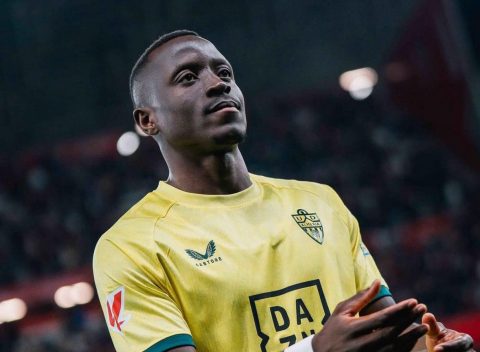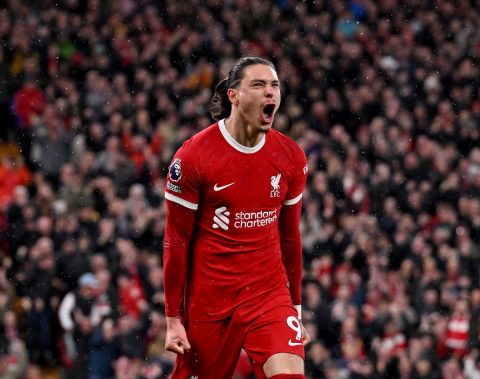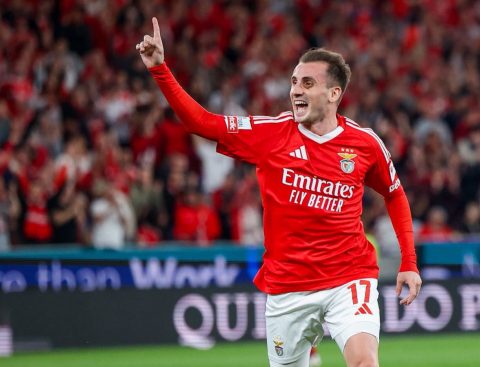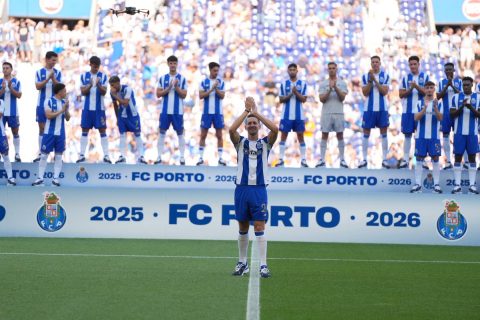The 2024 Formula 1 season has offered thrilling sprint events, but the Losail race in Qatar particularly grabs attention, drawing comparisons to the dynamic battles seen in Interlagos. This time, the focus shifts primarily to Red Bull’s Max Verstappen and the spirited Ferrari drivers. Notably, both McLaren and Mercedes have emerged as frontrunners in the quest for victory, establishing a potential four-team showdown for the first regular Grand Prix at Losail Circuit since its debut in 2021.
Verstappen’s Pole Slip and its Implications
Max Verstappen was poised to lead the grid, a first since the Austrian round in June. However, he faces a one-place penalty for impeding George Russell during the final Q3 preparation laps, pushing him to start second. This penalty could be crucial, especially considering Russell’s grievances about a similar situation during the sprint race, highlighting the intricate strategies and unpredictability that define Formula 1.
Ahead of the penalty, Verstappen expressed satisfaction over Red Bull’s adjustments. He described it as a “miracle” adaptation, allowing his car to handle distinctly better compared to previous sessions. “It was all pretty close, but it felt just a lot more connected for me,” he remarked in the post-qualifying press conference.
Strategic Car Adjustments
Red Bull, under Christian Horner’s direction, made “aggressive” setup adjustments, particularly focusing on ride height changes. Insights gained from the sprint proved invaluable, echoing past strategies in Austin. Additionally, Verstappen altered his qualifying preparation lap strategy. Opting for one preparation lap, followed by two cooldown laps before each decisive attempt, allowed him to dominate both Q2 and Q3 after a modest Q1 showing.
Verstappen’s performance improved notably, placing him ahead in Q2 and Q3 with an exceptional car setup. His initial times in Q1, lagging by 0.3 seconds behind Russell, seemed ordinary, underlining the critical role of adaptive strategies in Formula 1.
Tires and Track Conditions
Tyre management emerged as a central challenge of the weekend, highlighted by Pirelli motorsports boss Mario Isola. Verstappen’s adjustments seamlessly aligned with hitting the optimal temperature window, aided by the wind, which historically has transformed Red Bull’s RB20 performance.
Despite his penalty, Verstappen expressed concerns over race pace consistency, particularly given Friday’s qualifying showed promise unlike the sprint session. “Still a bit of a question mark,” he admitted, reflecting the ongoing assessment and strategising terms of car performance over one grand prix lap.
Predicting the Grand Prix Pace
The sprint both revealed glimpses of potential race pace and obscured it. McLaren emerged from Friday’s sessions leading on sheer performance, only to fall behind Red Bull and Mercedes. Mercedes’s George Russell grappling with engine mapping issues during the final qualifying heats further muddled performance perceptions.
McLaren team boss Andrea Stella noted that heightened competition pushed them harder, impacting tyre optimisation. With Verstappen’s penalty, Russell claims his second pole position in as many weeks, aided by Mercedes exploiting their car’s low and stiff setting on the smooth Qatar track.
Future Race Prospects
Losail’s demanding track conditions, distinct for its abrasive surface and high-speed bends, are shaping up an exciting race, especially with contenders joining the fray. Sparks flew as Mercedes’s W15 ran extremely low, the cars strewn debris over Losail’s fast-paced third sector.
Looking ahead, the prospects of McLaren, Mercedes, Red Bull, and Ferrari battling earnestly for the win, in what might be F1’s first normal race day scenario at Losail, keeps hearts pounding. With tyre strategies and setups refined to the utmost precision, race day could unfold a spectacle somewhere between art and a fierce contest.









